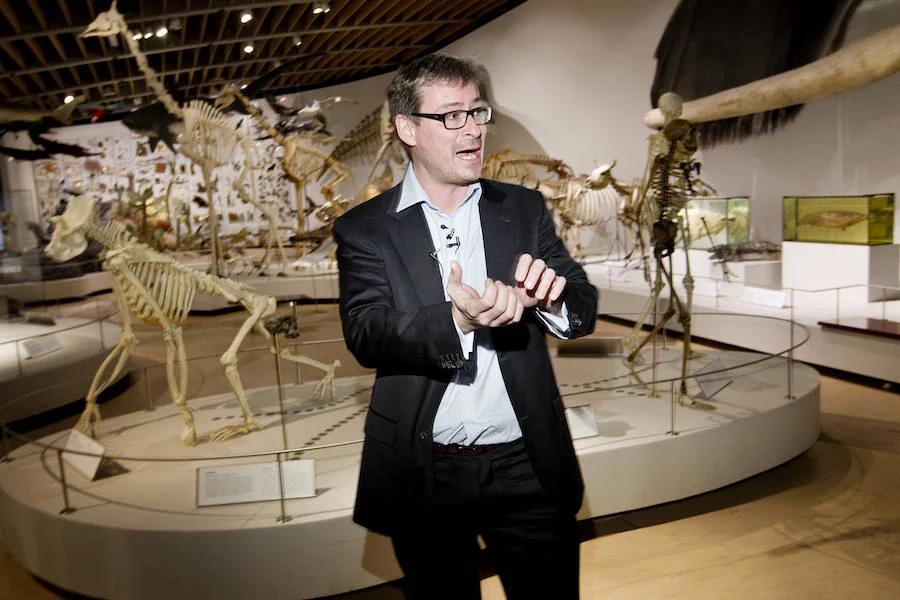The results of DNA analysis have changed researchers' understanding of the migration routes of ancient populations.

Sikora et al. Scientists have discovered human baby teeth in Siberia that contain the oldest genetic material ever extracted from the country.
Recent astonishing discoveries in Siberia have revealed the existence of two previously unknown groups of ancient humans. One of these lost Siberian populations is thought to be the ancestor of modern Native Americans.
The first discovery was two 31,000-year-old teeth from children, now believed to be the oldest human genetic material ever found in Siberia. The second discovery, DNA from a 9,800-year-old skull, marks the first time such a close genetic link to Native Americans has been found outside the United States.
The discovered populations were considered “a significant part of human history.”
The study was published in the journal Nature and was conducted by an international team of scientists. Geneticists Martin Sikora and Eske Willerslev were able to extract important information about a previously unknown population based on just two baby teeth found at a site in northeastern Siberia known as Yana.
The site was discovered in 2001 and includes more than 2,500 artifacts, such as animal bones and ivory, as well as stone tools and other evidence of early human habitation. The new group has been dubbed, appropriately enough, the Ancient North Siberians.
The 31,000-year-old baby teeth belong to two separate boys who were once part of a group of about 40 Ancient North Siberians, although the total population is thought to have been around 500. What's more, DNA showed no signs of inbreeding, which was quite common among other ancient peoples of the time.
The discovery of this population has changed researchers' previous understanding of the migration dynamics of ancient populations in and around the region.
“They diversified at about the same time as the ancestors of modern Asians and Europeans, and they probably occupied large areas of the northern hemisphere at some point,” Willerslev, who is director of the Lundbeck Centre for GeoGenetics at the University of Copenhagen, told Science Daily .
Remarkably, most of the two boys' lineages can be traced back to early migrations out of Africa, specifically to people who eventually spread across Europe around 200,000 years ago. However, scientists have been unable to find a match between Jana's ancestors and modern humans, indicating that their population has since gone extinct.
Meanwhile, a fragment of the 9,800-year-old skull of a woman scientists have named Kolyma1 after the location where her remains were found has shown that some of Kolyma1's DNA comes from Ancient North Siberians, but most of it comes from an entirely different population: Ancient Paleosiberians. This suggests that the Ancient North Siberians were genetically absorbed by the Paleosiberians.
Even more shocking, the Paleo-Siberian woman's DNA was found to be very similar to that of modern Native Americans. “It's the closest we've ever gotten to a Native American ancestor outside of America,” Willerslev told Science Magazine . In fact, two-thirds of Native American ancestry can be traced back to as-yet-unknown peoples.

Jens Astrup/AFP/Getty Images Professor Eske Willerslev speaks at a press conference about an earlier study linked to
Sourse: www.allthatsinteresting.com





